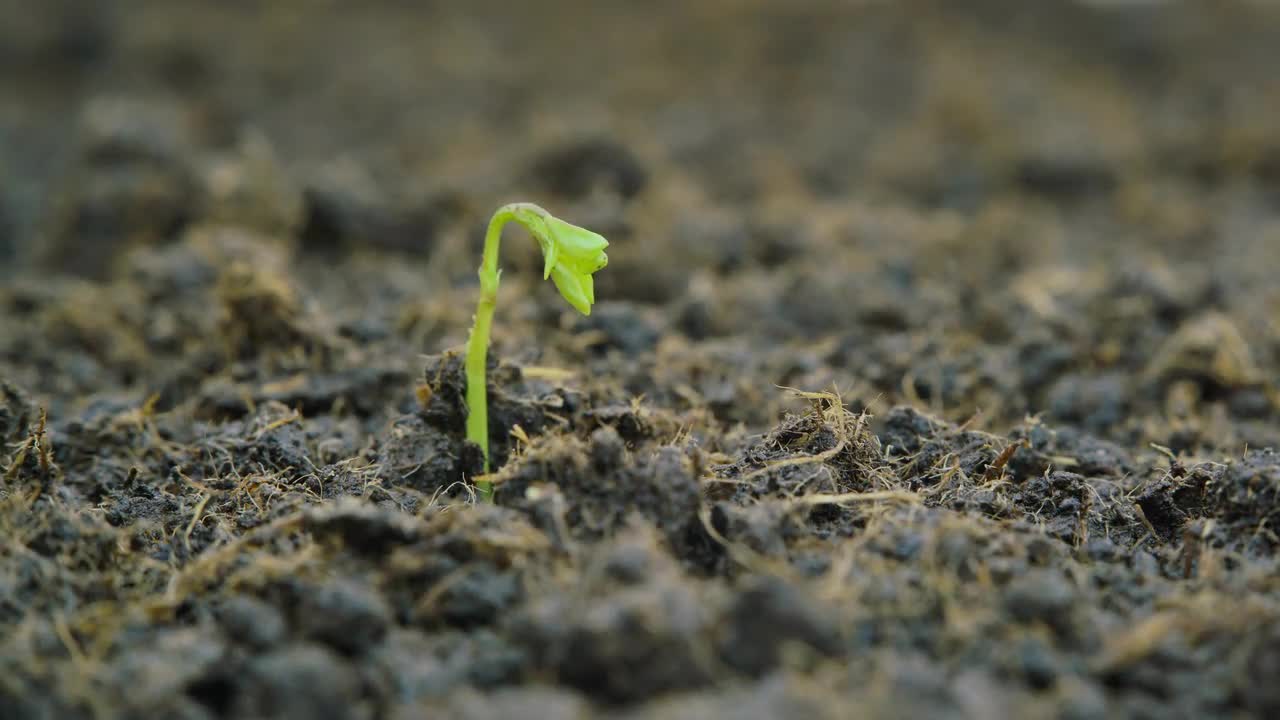


Sometimes called cyanobacteria they are primarily water plants and develop where high levels of water or very high humidity are present. They are the most widely distributed of all green plants. The fruiting bodies are like tiny mushrooms or puff balls.ĪLGAE – simple plants that grow within and on the surface of nutrient rich soil and growing media. Some common families of actinomycetes include micomonospora, thermoactinomycetes and streptomycetes which is a source of the familiar antibiotic streptomiacin. They often have anti-bacterial and disease fighting properties. They typically give soil the familiar earthy or musty smell. They form long chains of cells within the growing media. The spores and surface mycelium are commonly referred to as mold.ĪCTINOMYCETES – are in between bacteria and fungi in size and complexity. When conditions are optimal they develop fruiting bodies which produce white or tan growth on the surface of a mix. Some common families of fungi include ascomycetes, basidiomycetes, trichodermas, and zygomycetes. Like most fungi they serve to decompose organic material and make nutrients available to plants but the micorrhizae also help plants absorb nutrients. Many fungi grow in association with the roots and are called micorrhizae fungi. These filaments form a network called mycelium that grow in the media. Bacteria do not form fruiting bodies above the surface of a growing substrate.įUNGI – primitive (simple) plants that typically form multi-celled filaments in the growing mix. Bacillus and azotobacter and the thiobascillus are very important. The nitrogen converting bacteria nitrosomonas and nitrobacter are the most noteworthy. They produce enzymes that dissolve and transform minerals making them more available to plants. They respond quickly in favorable environments where populations multiply rapidly under favorable conditions. They are the most numerous and are only visible with a microscope. In general terms these microbial workers are classified as:īACTERIA – non-visible are very small single-celled microorganisms found in growing media, native soils and compost. They also help to fight root diseases and break down toxins. These “Friends in the Soil” provide for the availability and absorption of essential plant nutrients.
Surface mold on seedlings full#
1989, page 12 A Breakdown of MicrobesĪ quality growing mix should support a full array of beneficial soil microbes. The size of the microbial biomass usually shows direct correlation with the amount of plant growth…” – Soil Microbiology and Biochemistry by E.A. “Soil organisms show their greatest diversity of species and usually their largest populations in productive soils. We could spend a few blog posts on the subject of the benefits of living soil and microbes, but for now it is broken down nicely here. In fact, organic gardeners can attest that gardening with “living soil” that represents the natural world is the ideal environment for plants. Don’t believe us? Check out this Ted Talk. It is these fungi that scientists consider foundational to our natural world. Mold comes from an ancient group of simple plants, called “hyphomycetes” (say that five times fast). This activity is perfectly normal and natural. So if the product is left in a warm, humid environment or lacks access to air, biological activity will occur. PittMoss is purposefully produced to encourage natural growth, since we are in the business of growing plants sustainably. Many products are treated to stop this growth and improve the aesthetics of their products. However, you do not see them until spores produce fruiting bodies (like mold)- only when certain conditions are met. For example, they are present, to some degree, in every common organic gardening mix, from peat moss to bark. The spores that produce mold, or fungi, are an under-appreciated partner in the garden. To start dispelling the old mold myths of living soil and all the awesome biologic activity that comes with it, we are going to break down what can be seen in our own PittMoss products. We believe consumers care about what they plant into, and that progress in a sustainable natural world requires innovation. Should we deliver an aesthetically familiar product to consumers even if it sacrifices it’s benefits, or risk our first year on the market to stay true to our mission? Might sound like a tough decision, but when you are on a mission to disrupt dirt, the choice is clear. So when some consumers discover mold in our products, our dedication to this mission becomes tested. For us, a sustainable and organic approach goes hand in hand with superior results for plants. However, do not let it’s nasty reputation fool you when it comes to gardening mold is a sign of life.Īt PittMoss our mission is to make the best soil amendments and blends on the market.


 0 kommentar(er)
0 kommentar(er)
